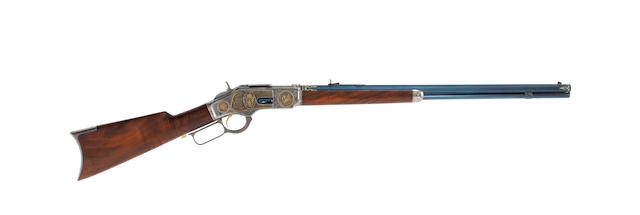
Everest Arms has been keeping the people of the Himalayas and the Tibetan Plateau well-armed for over a hundred years, starting with the Gyalwa and Sons Trading Company in Saga, Tibet. Now the company is able to sell to buyers across the world with our back-catalog of small arms and tactical gear.
PLEASE NOTE: This is the Everest Arms Catalog. To place an order, please refer to the official storefront.
Thank you!
Thank you!













